Sep 2025
Capacitive fog harvesting: a scalable and ozone-free electrostatic approach
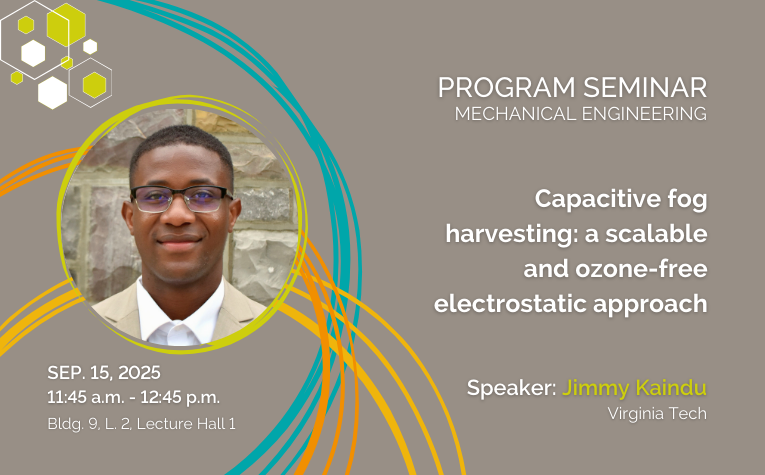
Abstract
Electrostatic fog harvesting has recently emerged as a promising technique for enhancing the collection efficiency of metal-based fog harvesters under controlled conditions. The standard electrostatic method utilizes corona discharge emitting from a point electrode to ionize fog droplets, which are then attracted to conductive collection surfaces. However, these methods generate ozone and face significant scalability challenges. In this work, we introduce Capacitive Fog Harvesting (CFH), a novel approach utilizing two parallel porous metal meshes that are electrostatically charged to establish a capacitive field (Figure 1). As fog droplets approach the electrified meshes, they reorient due to the electric field, enhancing their deposition on the metal fibers (Figure 1). This mechanism increases water collection efficiency by 2–3x compared to uncharged meshes. Unlike point-electrode-based harvesting systems, CFH operates without corona discharge, offering a scalable, ozone-free solution for atmospheric water harvesting.
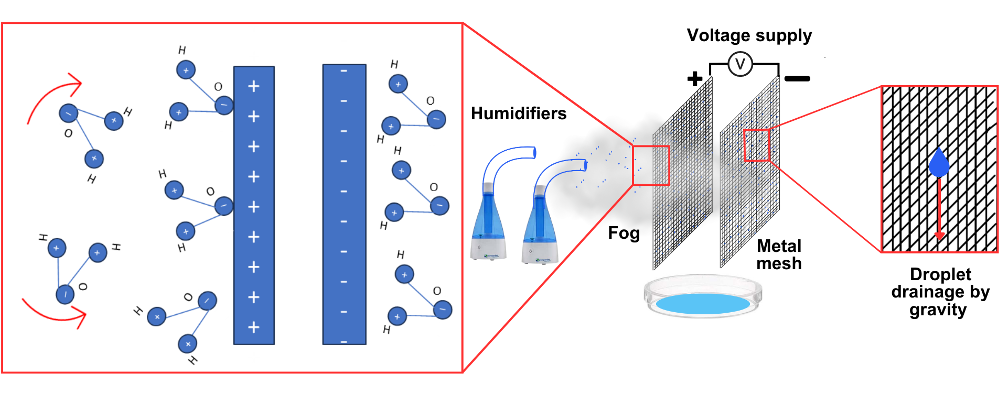
Figure 1: Schematic of the Capacitive Fog Harvester (CFH), with the left inset illustrating droplet reorientation near charged surfaces and the right inset depicting droplet drainage on fibers.
Biography
Dr. Jimmy Kaindu received his PhD in Mechanical Engineering from Virginia Tech, where he was recognized as a New Horizon Scholar for innovative and interdisciplinary research. He conducted his doctoral work in the Nature-Inspired Fluids & Interfaces Laboratory under Professor Jonathan Boreyko, focusing on fluid dynamics and interfacial phenomena. His research investigated droplet-scale transport for advanced water harvesting, including fog and dew collection, cascading dynamics, and electrostatic enhancements. In parallel, he studied particle capture in electrostatic filters, developing strategies to improve air quality and clean-air technologies.
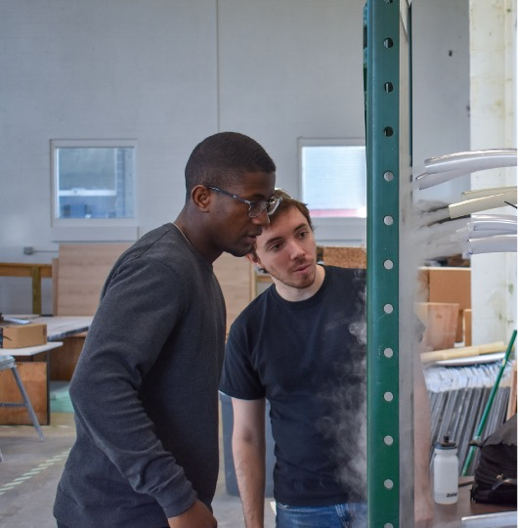
Fog harvesting experiment at Virginia Tech
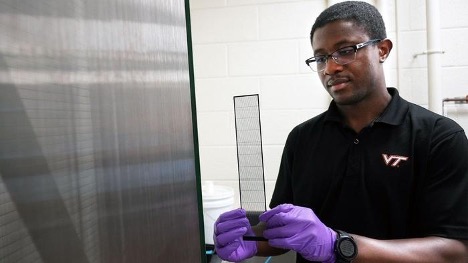
3D Printed Fog Harvesters
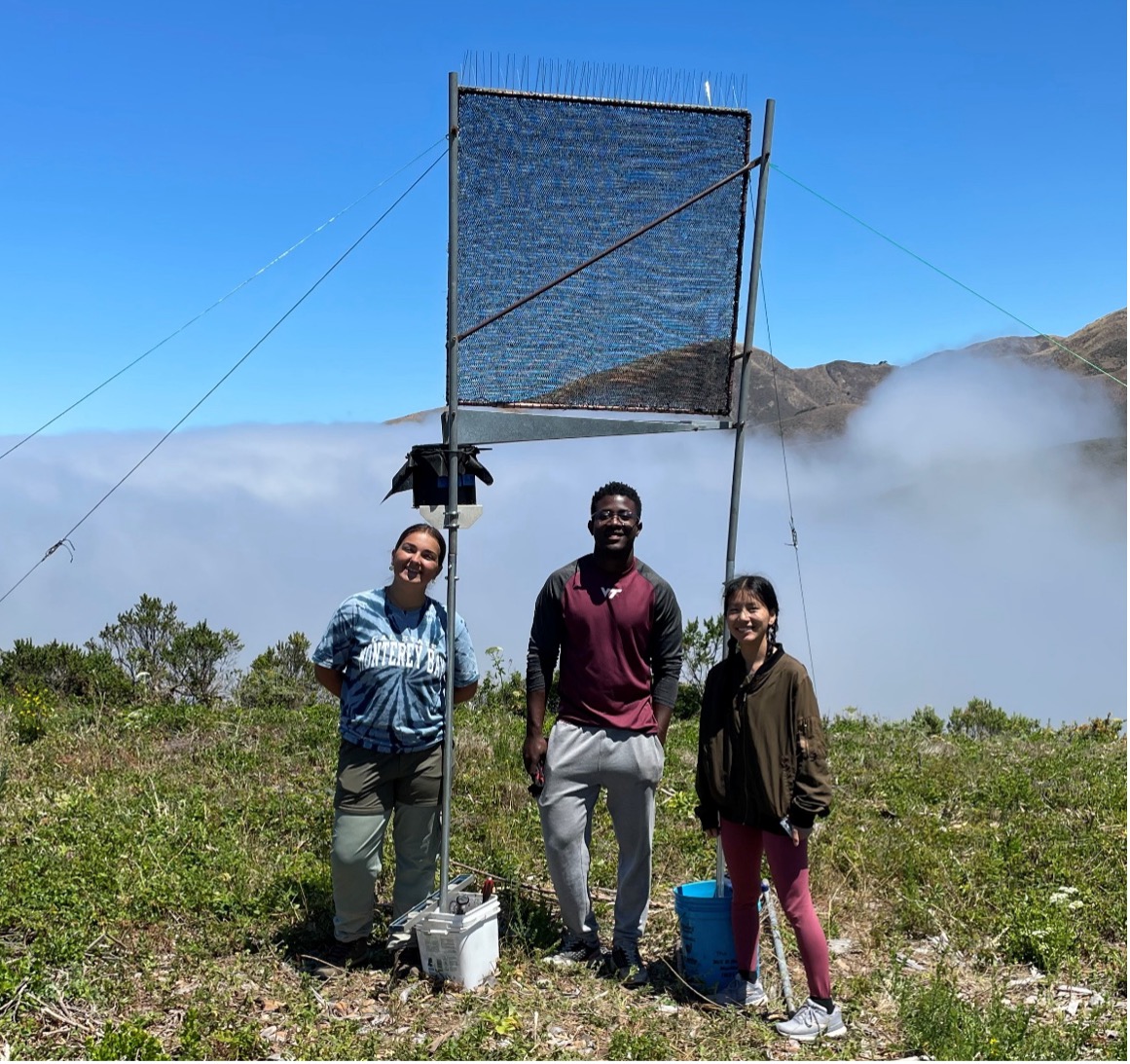
Teaching undergrads how to setup a fog collector